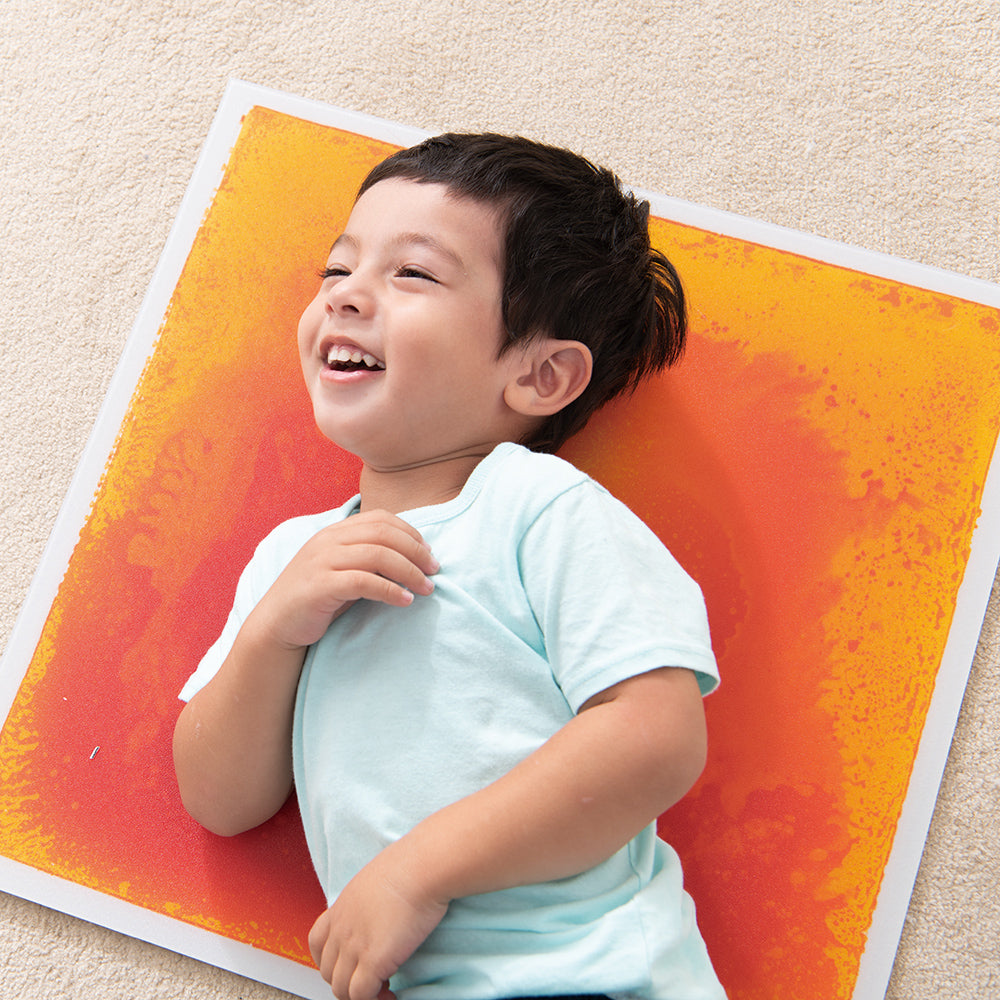Aug 19 , 2023
YOUR ROLE TEACHING MONTESSORI
Your child will put Montessori ideas into action once you start implementing them into your home environment. It's critical to understand your position here and how you can help your child as they begin to learn. You want to provide just enough instruction while also allowing your youngster to develop independence.
Observing what your child is doing and adapting properly is one of the first steps. Take notice of how your child adjusts to the new arrangement. Do they have too many or too few activities to choose from? If they appear overwhelmed or bored with the variety of alternatives, try taking some away or adding more to suit their comfort level. Once in an appropriate atmosphere, their innate curiosity will emerge, especially if they have access to learning materials that fit their interests.
You should also show your child how to practise real-life skills on a regular basis, especially if they are young. Show children how to do a domestic task, such as washing dishes or cleaning up toys, and help them practise. Be aware that it may take numerous attempts before your child is ready to complete the task on their own, particularly when modelling and practising tasks with toddlers.
Because order and consistency are essential for assisting newborns and toddlers in adjusting to a new routine or environment, keep in mind that you may need to demonstrate an action numerous times. Alternatively, your youngster may repeat a job multiple times until they believe they have completed it. These behaviours may not always indicate that you are stuck on or misunderstand a certain activity. They're only getting a feel for the job.
As your kid learns how to accomplish these acts and gets more comfortable performing chores on their own, be available to guide them when necessary, but avoid interrupting with their work or offering precise instructions during their learning time. Working uninterrupted is vital for developing concentration and independence.
As with the seasonal wardrobe example above, you can experiment with pre-planning the environment to support specific tasks rather than telling your child what to do. When a youngster routinely finds their stuff in the same location, they will learn to put those items in the same location during cleanup time without being told to. Creating that "intentional" setting allows you to foster neatness and order without constantly giving instructions.
Remember that you may take Montessori ideas beyond the home and into nature to allow your child even more freedom in how they interact with the world. Outdoor activities are another great way to be totally present with your child, communicate well with them, and listen to their needs. A key component of the Montessori Method is actively listening to your kid and respecting their decisions and needs, resulting in a mutually respectful connection between parent and child.

